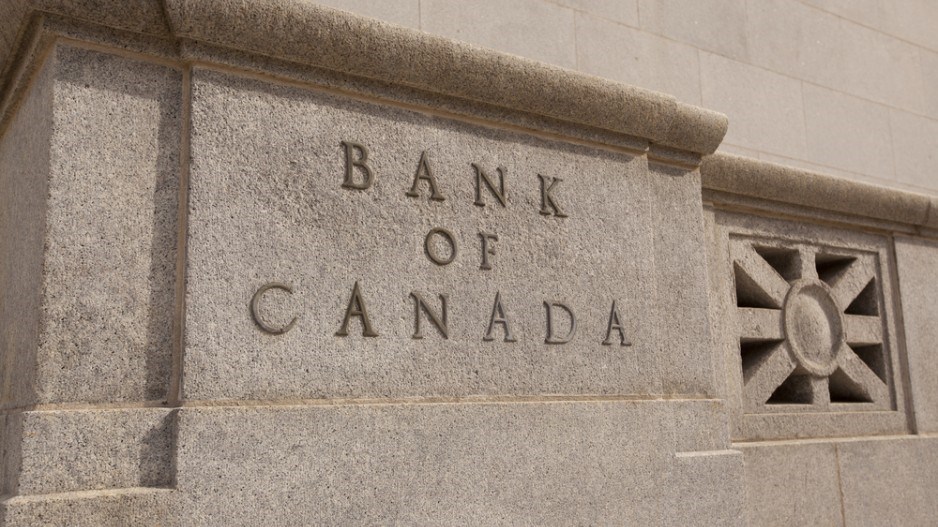The country’s central bank is holding the overnight rate at 0.5%, it announced April 13, and has issued a more optimistic forecast for the country’s GDP outlook than it did in its previous Monetary Policy Report in January.
The Bank of Canada now projects the economy will grow 1.7% in 2016, which is up three ticks from the 1.4% growth forecast in January. It also said it expects growth of 2.3% in 2017 and 2% in 2018.
“First-quarter GDP growth appears to have been unexpectedly strong, but some of that strength is due to temporary factors and is likely to reverse in the second quarter,” it said in a news release.
“Still, it does appear that the positive forces at work in the economy are starting to outweigh those that are negative.”
One of these positive forces relates to the fiscal measures the federal Liberal government announced in its budget in March, which the Bank said will boost Canada’s GDP.
Inflation is still evolving at a rate consistent with the Bank’s expectations, with total CPI inflation remaining below the 2% target.
The Bank maintained a cautious tone in this most recent announcement, saying non-resource exports will not do as well as previously expected due to a higher-than-projected Canadian dollar and slower growth in foreign demand. It also said the slump in oil prices will continue to resonate through the economy, which will be reflected in decreased business investment, but this will rebound somewhat in the near term.
“While business investment is still shrinking due to sizeable declines in the energy sector, it is expected to turn positive later this year,” the release said.
Also on a more positive note, the outlook for household and government spending has improved.
While the forecast for Canada’s economy has improved, the Bank has downgraded its outlook for the global economy. It is now looking as though growth in emerging markets will be slower than expected
Brian DePratto, economist with TD Economics, called the decision to maintain the rate at 0.5% was not a surprise.
“Our view is that near-term growth may come in ahead of the Bank's expectations as exports and manufacturing more generally continue to benefit from past movements in the loonie and strong U.S. domestic demand,” DePratto said in a note to investors.
“However, over the longer-term a number of structural headwinds are likely to persist, not least of which is expected to be business investment, which we do not expect to recover meaningfully until at least 2018.”
He said the central bank is unlikely to make any changes to the overnight rate anytime in the near future.
The Canadian dollar spiked on the news, jumping as high as 78.4 cents U.S., but as of press time it had settled back down to around 78.01 cents U.S.
@EmmaHampelBIV
Check out BIV’s podcast for the week of April 11, 2016:




